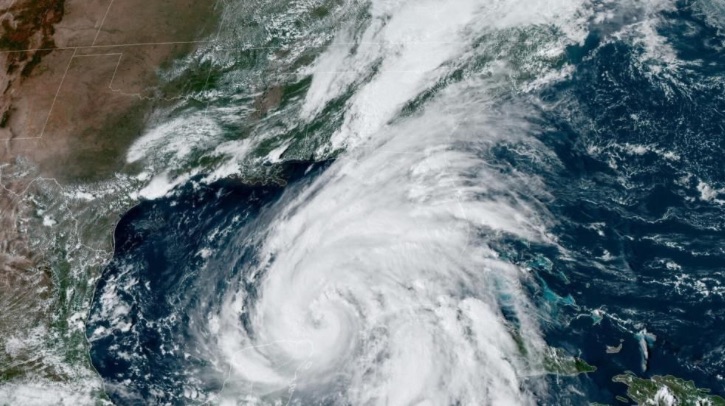The Department of Commerce and NOAA have announced US$22.78m in funding to NOAA labs, programs, cooperative institutes and other partners to advance research on a wide range of water-driven climate impacts. Research topics include flood mapping and forecasting, next-generation water modeling studies, and modernizing estimates of extreme precipitation.
Water modeling studies
CIRES will receive more than US$5m from NOAA’s Physical Sciences Lab to improve estimates of coastal flooding risks, advance NOAA’s water prediction capabilities using artificial intelligence and machine learning, and modernize estimates of probable maximum precipitation (PMP).
Engineers use PMP estimates when designing facilities like dams and nuclear power plants to help gauge the “worst-case scenario” precipitation for the area in which they are being built. This reduces the risk of the facility failing during an extreme weather event. The catastrophic flooding caused by Hurricane Helene’s extreme rainfall highlights the critical importance of having updated PMP estimates available to engineers and decision makers.
NOAA funding for climate research
These funds come from the Bipartisan Infrastructure Law and will help communities prepare for a range of climate impacts and will directly benefit policymakers, emergency responders, researchers and the general public.
This announcement is part of more than US$6bn being invested by NOAA in habitat restoration, weather forecasting and community resilience to weather and climate events through the Bipartisan Infrastructure Law and Inflation Reduction Act.
In related news, NOAA recently expanded experimental flood inundation mapping (FIM) services from 10% to 30% of the US population. Click here to read the full story.



